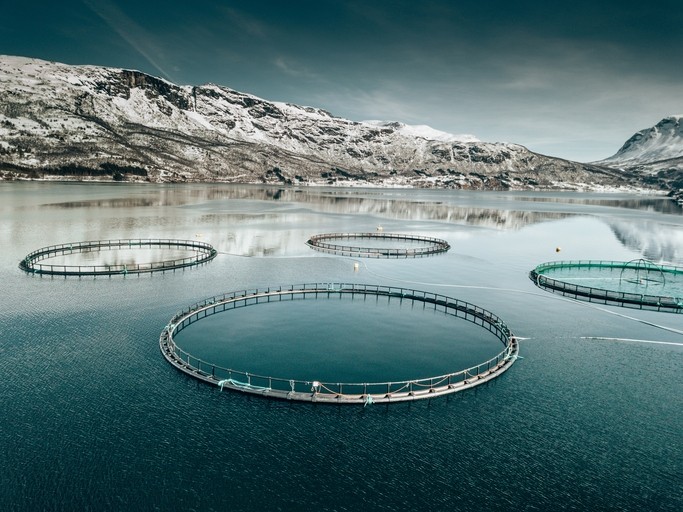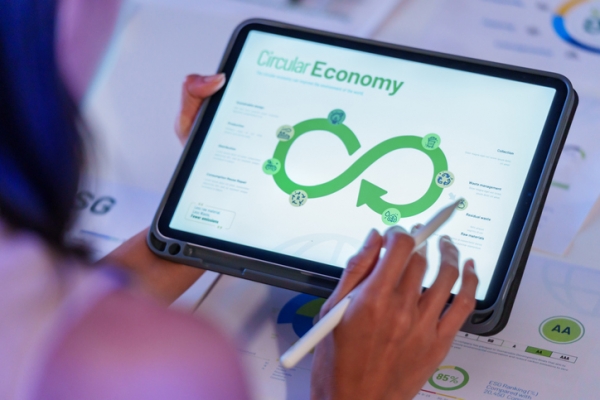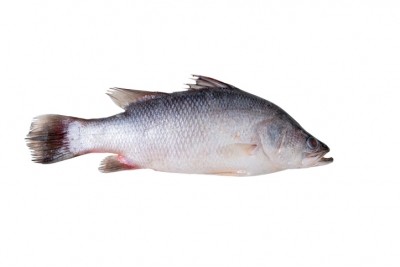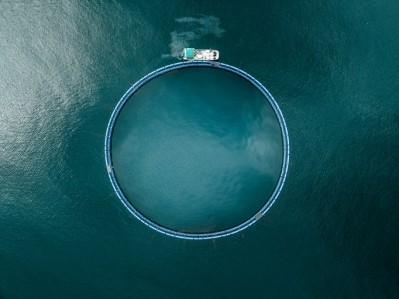Norwegian land and fish farming: How to achieve a circular phosphorus economy

Animal farming and aquaculture are the key drivers of the phosphorus cycle in Norway, claim the authors.
"The Norwegian phosphorus cycle is set to become dominated by aquaculture in the coming decades. This entails a growing exposure to risks of mineral phosphorus supply disruptions and emissions unless fundamental changes are made towards a circular phosphorus management."
The Norwegian bioeconomy's use of phosphorus is inefficient and relies on a large inflow of phosphorus from abroad in the form of mineral fertilizer, animal feed, fish feed and food. But only a small fraction of the phosphorus ends up as food for humans, with most accumulating in Norway's soil and water systems, posing significant environmental risks, according to the publication.
The report identifies the benefits of keeping phosphorus in circulation once it has been imported, especially given Norway's ambitions to increase salmon and trout production from 1.5m tons to 5m tons by 2050.
However, the path to a circular phosphorus economy is complex, the authors acknowledge.
Limited resource
“The supply of phosphorus is very important and is classed as a critical raw material by the EU,” says Norwegian University of Science and Technology (NTNU) professor Daniel B Müller, one of the report's authors.
He highlights that phosphate rock, the primary source of phosphorus, is a limited resource mined in only a few countries.
More than 80% of the world’s phosphate rock reserves are found in just five countries, with up to 70% located in Morocco and Morocco-occupied Western Sahara. This concentration makes many countries vulnerable to geopolitical and economic instabilities, threatening food security.

Phosphorus loss in aquaculture
In aquaculture farms, phosphorus losses occur for several reasons. Salmon cannot digest phosphorus from plant-based ingredients, necessitating the addition of digestible phosphorus forms as micro-ingredients in feed, note the authors.
This practice increases both the use of primary phosphorus resources and the losses, they maintain.
Additionally, open cage systems in fish farming result in feed losses and fish excrements being lost to surrounding waters and the seabed, they add.
Modifying feed formulations
To address these issues, the report suggests modifying feed formulations.
The authors outline how adding the enzyme phytase to fish feed can enhance phosphorus bioavailability from plant sources, reducing both mineral phosphorus demand and emissions to the sea.
The claim that the introduction of digestible feed ingredients like northern krill or zooplankton could also cut mineral phosphorus demand and emissions. Moreover, integrated multi-trophic aquaculture (IMTA), which relies on species feeding on each other's waste products, could capture and reuse phosphorus emissions.
Despite the promise offered by such approaches, the authors acknowledge that challenges remain with such strategies:
- Phosphorus management in aquaculture is low on the political agenda, and the costs of phytase and new feed ingredients may hinder their adoption.
- New feed ingredients could shift environmental problems to new areas, such as krill-based meals altering polar ecosystems.
- IMTA requires large ocean spaces, competing with existing uses in regions like the Norwegian fjords, and necessitates extensive knowledge about local ecosystems.
- Potential issues related to interference with local wildlife also need further study.

The researchers conclude that while there is potential to enhance phosphorus sustainability in Norway, there had to be a balance between agricultural and aquaculture needs with environmental conservation. It will require a collaborative approach.
"The transition to a circular phosphorus economy encounters many barriers. Overcoming these barriers is a multi-stakeholder challenge in which actors with
different interests need to coordinate their actions."
The report is a product of the MIND-P Project, a collaboration between NTNU and the Norwegian Institute of Bioeconomy Research (NIBIO). This project explores opportunities for increased circularity in Norway’s farm-level agriculture and aquaculture, identifying obstacles to more efficient phosphorus management.















